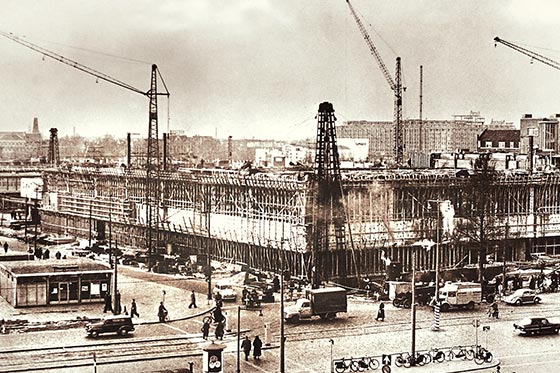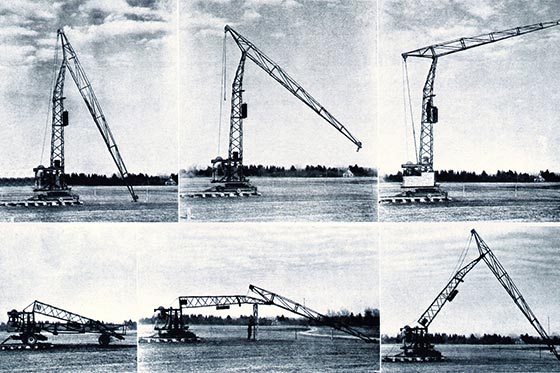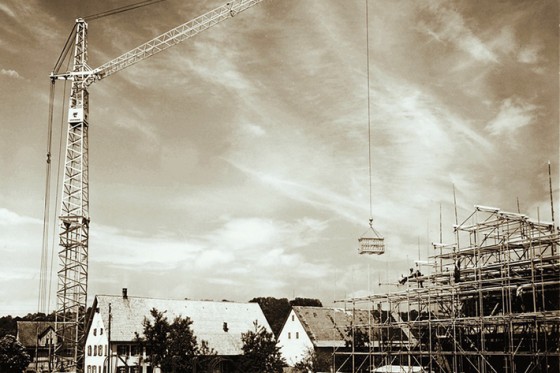The center of Prague was elevated by one story to deal with flooding concerns from a river that was used as a sewer. Near the Old Town Square, there are a number of underground corridors that access what used to be the streetfront retail spaces. The current spaces in existing buildings were once the second floor. It was done hundreds of years ago, so most buildings are newer than the street raising.
Florence, Italy used to have at least a hundred medieval tower houses similar to the famous nearby San Gimigiano, but most were removed and replaced by apartments and townhouses several centuries ago. 5 or 6 remain. The city also has the Vasari corridor, which connects two palaces (administrative and residential) across the Ponte Vecchio and around the Uffizi Gallery. Part of this corridor wraps around the outside of one of the few remaining tower houses as its owners refused to sell. The corridor, one of the earliest examples of a pedestrian skyway system, was built because the ruler of the city at the time had an almost irrational fear of being attacked. The entire corridor still exists and part is accessible.
Newark, New Jersey has a subway. It runs for about a mile and is part of the Newark Light Rail line. It is the last remaining part of Newark's streetcar lines (couldn't run buses in a tunnel in 1950) and was built in the bed of the Morris Canal. Raymond Boulevard was built overtop of the canal bed, which created the subway. Washington Street Station still has signage for a Plane Street, as there was an inclined plane to drag boats up a concrete ramp along the edges of what is now NJIT's campus and after a bend, there were locks at what is now Lock Street, as well as many other places along it. The canal became useless once rail lines were built, particularly the Essex and Morris Line.









